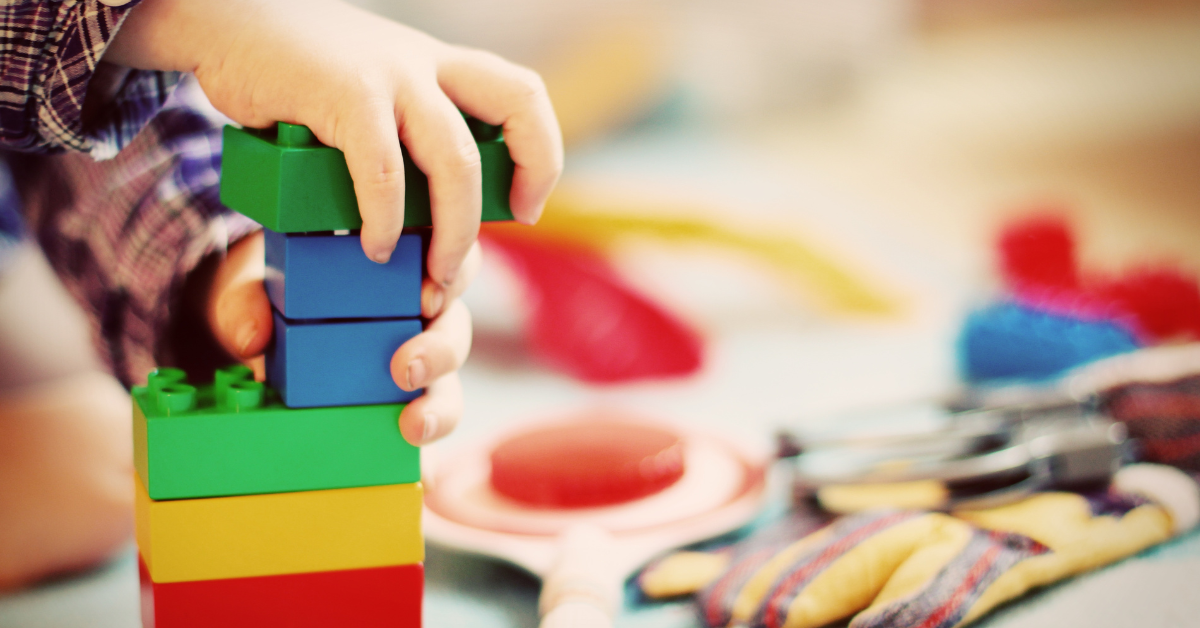
What Are the Top 10 Equipment-Free Fine Motor Activities for Kids?

*Collaborative Post
Fine motor activities play a crucial role in children’s development, enhancing their ability to perform everyday tasks and laying the foundation for important skills like writing. These activities involve the coordination of small muscles in the hands and fingers, often in conjunction with the eyes.
Equipment-free fine motor activities offer accessible and engaging ways for kids to develop these essential skills at home or on the go. From simple hand games to creative art projects, there are numerous options that require no special tools or materials. These activities can be particularly beneficial for children with motor delays or conditions such as autism spectrum disorder (ASD) or attention deficit hyperactivity disorder (ADHD).
Parents and caregivers can easily incorporate exercises to improve fine motor skills into daily routines, making skill development a fun and natural part of a child’s day. By engaging in these activities regularly, children can strengthen their hand muscles, improve dexterity, and boost their overall coordination. This content is for informational purposes only and should not be considered professional advice; seek assistance from a medical professional.
Key Takeaways
- Equipment-free fine motor activities are accessible and can be done anywhere
- Regular practice of these activities helps children develop essential life skills
- These exercises benefit all children, including those with motor delays or developmental disorders
Core Elements of Equipment-Free Fine Motor Activities
Fine motor activities without equipment focus on using everyday objects and natural movements to develop crucial skills. These activities enhance dexterity, coordination, and control in small muscle groups.
Identifying Fine Motor Skills
Fine motor skills involve precise movements of small muscles, particularly in the hands and fingers. These skills include pinching, grasping, manipulating objects, and hand-eye coordination. Activities like threading beads, drawing, and buttoning clothes all utilize fine motor skills.
Children develop these abilities through various daily tasks and play experiences. Recognizing fine motor skills helps parents and educators create targeted activities. Common indicators include a child’s ability to hold a pencil, use utensils, or tie shoelaces.
As children grow, their fine motor skills become more refined. This progression is crucial for tasks like writing, using scissors, and manipulating small objects.
Benefits of Fine Motor Skill Development
Developing fine motor skills offers numerous advantages for children. It enhances hand-eye coordination, improves concentration, and boosts self-confidence. These skills are essential for academic success, particularly in writing and art.
Strong fine motor skills contribute to a child’s independence in daily activities. Tasks like dressing, eating, and personal hygiene become easier as these skills improve. This independence fosters a sense of accomplishment and self-reliance.
Fine motor development also supports cognitive growth. It strengthens neural connections in the brain, aiding problem-solving abilities and spatial awareness. Children with well-developed fine motor skills often excel in activities requiring attention to detail and precision.
Top Equipment-Free Activities to Enhance Fine Motor Skills
Fine motor skills are crucial for children’s development. These activities require no special equipment and can be easily incorporated into daily routines to improve dexterity and coordination.
Creative Movement and Balance Games
- Yoga poses enhance balance and core strength while refining fine motor control. Tree pose challenges children to maintain stability on one foot. Finger yoga exercises, like touching each fingertip to the thumb, boost hand dexterity.
- Simon Says builds body awareness and fine motor skills. Commands like “Simon says touch your nose” or “Simon says make a fist” encourage precise movements.
- Twirling and spinning games stimulate the vestibular system. Children can twirl with arms outstretched, then try to touch specific body parts when they stop.
- Clapping games improve hand-eye coordination. Kids can clap to rhythms or play partner games like “Pat-a-Cake.”
Tactile and Sensory Activities
- Finger painting without paint engages the imagination. Children “paint” on different textures like sandpaper or fabric, feeling the surfaces as they create.
- Shadow puppets on walls develop finger dexterity. Kids can create animals or characters, moving their hands to make the shadows “talk” or interact.
- Finger counting games build number sense and fine motor skills. Children can count objects using one finger at a time or play number games using finger movements.
Coordination and Muscle Strength Challenges
- Finger lift exercises, similar to piano playing motions, strengthen individual finger muscles. Kids lift one finger at a time while keeping others down.
- Thumb wrestling improves grip strength and finger control. Children can challenge each other or practice solo by opposing their own thumbs.
- Hand games like “Rock, Paper, Scissors” enhance finger coordination and decision-making skills.
Cognitive and Attention-Boosting Games
Memory games using hand gestures sharpen recall and fine motor skills. Players create a sequence of hand movements, adding one each turn.
Finger spelling practices letter formation without writing tools. Children shape letters with their fingers, enhancing language skills and hand muscles.
“I Spy” with descriptive hand movements boosts observation and motor planning. Instead of pointing, kids describe objects using hand gestures.
Mindfulness exercises focusing on hand sensations improve body awareness. Children can explore textures or practice tensing and relaxing hand muscles.
Conclusion
Fine motor activities provide essential developmental benefits for children. The equipment-free options discussed offer accessible ways to build these skills at home or in educational settings. Regular practice of these activities can enhance dexterity, hand-eye coordination, and overall motor control in young learners.
By incorporating these simple yet effective exercises into daily routines, caregivers can support children’s growth and preparedness for more complex tasks. These activities lay a foundation for future academic and life skills, making them valuable tools for holistic child development.
*This is a collaborative post. For further information please refer to my disclosure page.




